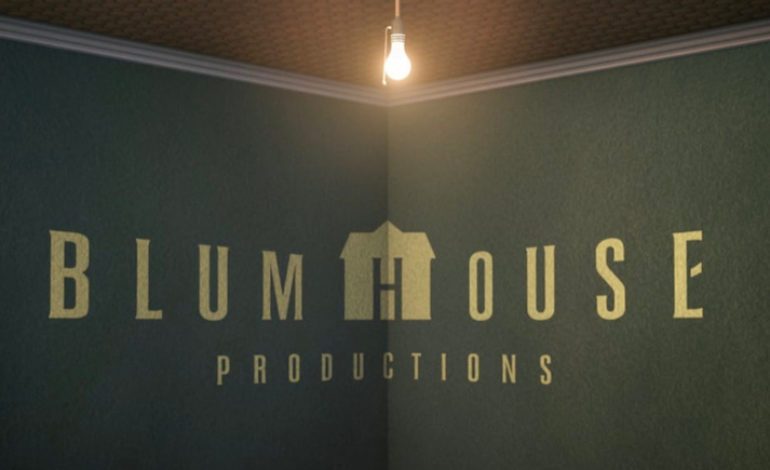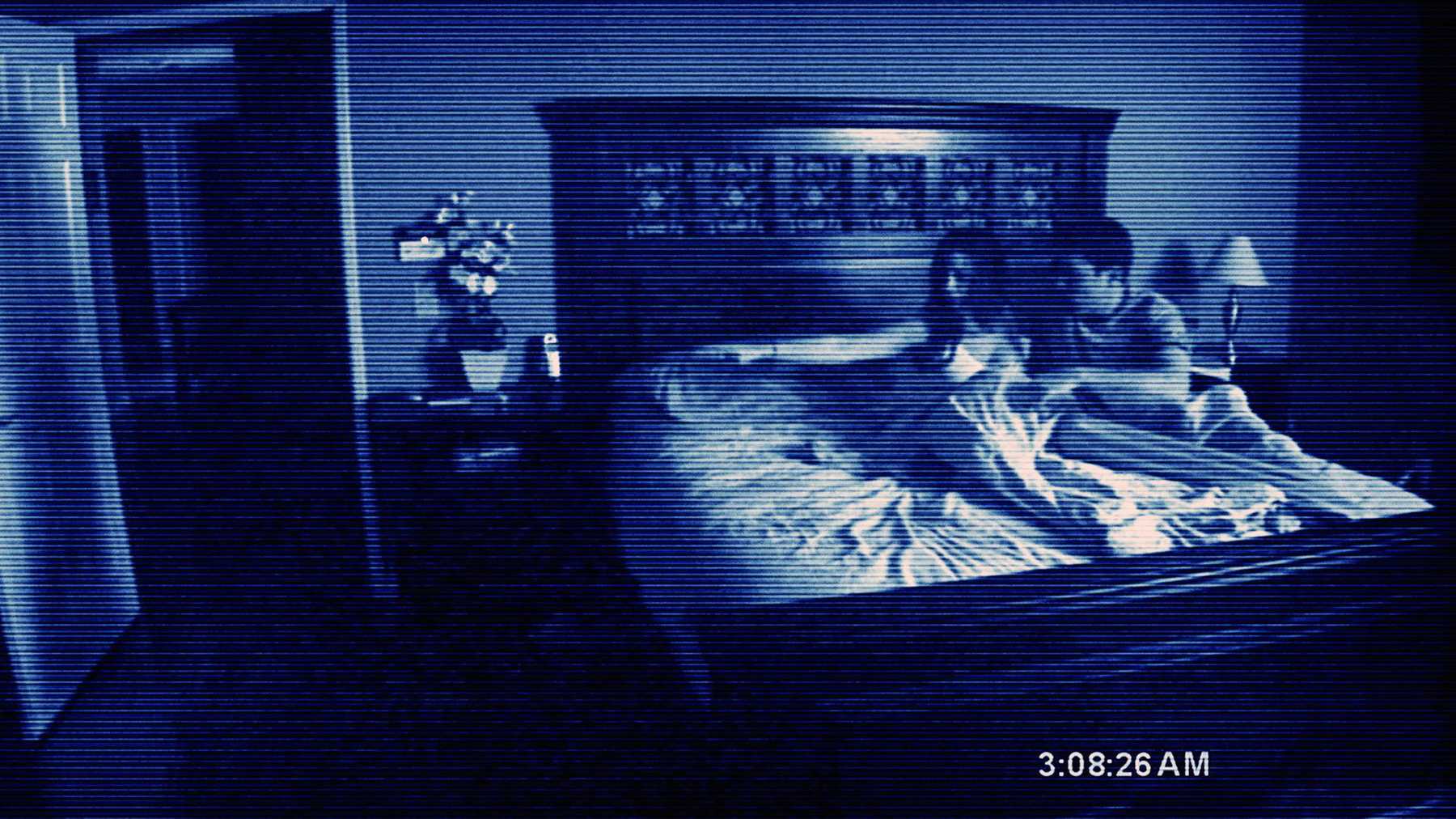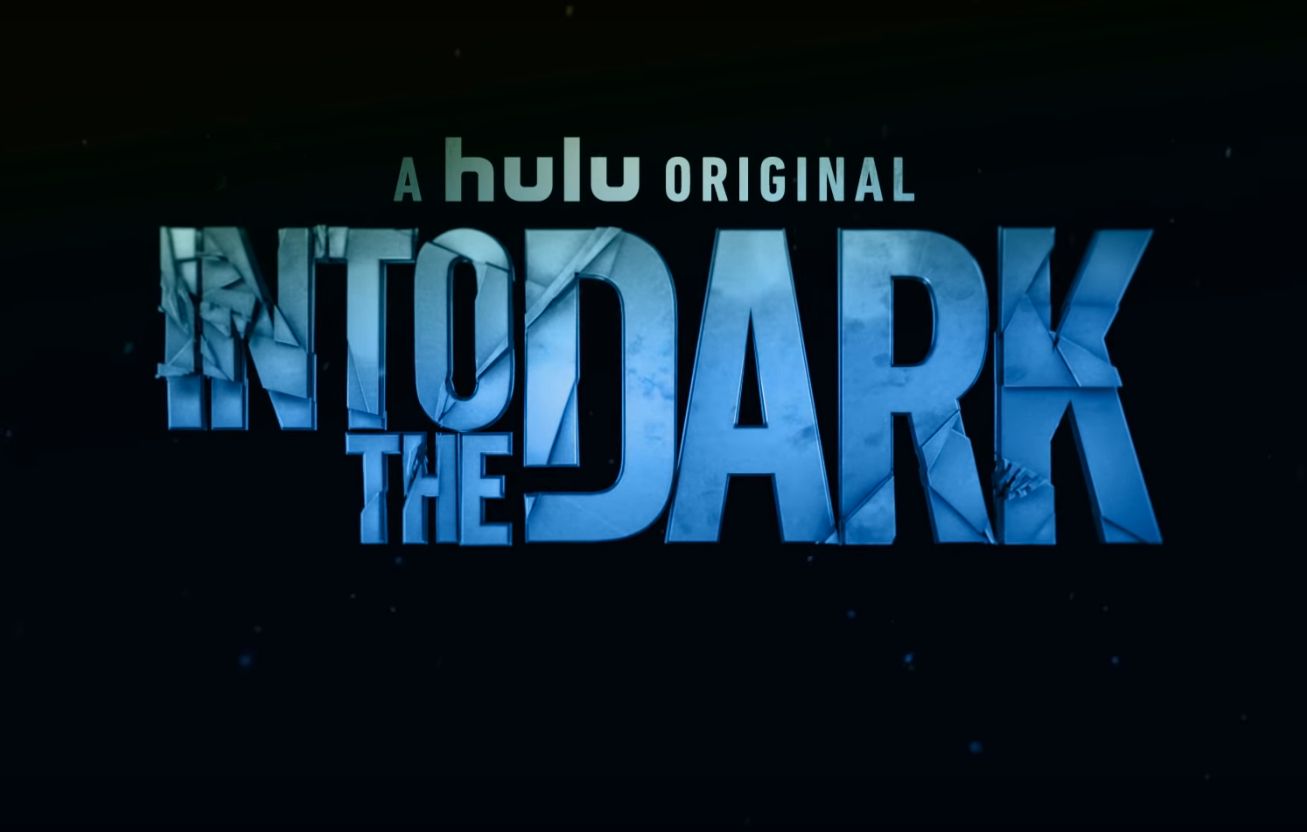

If you’ve seen a horror movie in the past 10 years, chances are you’ve heard of Blumhouse Productions. It seems like almost every horror title is somehow attached to the Blumhouse name and, after the success of so many films, the Jason Blum-led production company has released over 40 films in 10 years. Clearly they’ve found a successful model, but what exactly is that model? Do they produce anything other than horror films? Is their catalog worth checking out? Well, let’s start at the beginning.


In 2009, I was introduced to a mega-low budget movie called Paranormal Activity a few weeks before release. Virtually no one had heard of it, let alone knew what to expect from a project with no big names attached. The lights went down and where we would normally see a studio logo, a production company, or some kind of clue that the movie was about to begin, we were given a title card that read: “The producers would like to thank the families of Micah S. & Katie F. and the Rancho Penasquitos Police Department for providing this footage.” What on Earth were we about to see? Everyone just giggled a little, trying to convince others that they weren’t worried, and prepared to watch a standard horror movie.
Instead, what unfolded was an intriguing story about a young couple captured on home footage. This personal format allowed us to really connect with both Micah and Katie and forget the normal tropes that accompany a typical horror movie. Naturally, things went horribly wrong with Micah and Katie, resulting in some of the most terrifying moments I have ever experienced in a theater. “It’s just my experience”, I told myself. As you may know, Paranormal Activity went on to gross more than $193 million worldwide.
After doing some research that made Jessica Fletcher seem like Nancy Drew, I discovered that the movie was indeed scripted and I did not witness actual ghost stories captured on film. So how did this get made? Director Oren Peli made the film with a hand-held camera over the span of 7 days, hoping to focus in on the raw relationship between the couple. Jason Blum, a Senior Executive at Miramax Films, received a DVD of the movie and was impressed with the potential. Helping him re-edit the film, they eventually caught the attention of Steven Spielberg, who helped cut a deal with both Blum and Peli. Originally, the studio wanted to re-film the movie and include the $15,000 project on the DVD. Thankfully, a test screening of the original cut disturbed so many people that they realized their mistake and agreed to release the film in theaters. This began Jason Blum’s model: set a low budget, allow new voices to tell stories, and then make an obscene amount of money.
This model proved successful with the production company’s next couple of releases. As if that wasn’t enough, the movies were pretty great, too. Blumhouse Productions went on to release Scott Derrickson’s Sinister and James Wan’s Insidious, both fantastic horror films with memorable characters and some of the most effective scares wrapped in interesting stories. Of course, the list grew longer and longer: The Purge series, Insidious sequels, Ouija, Get Out, Split, Unfriended, and many, many more. Blum was onto something and had no intention of letting go, even spawning a sibling production company named BH Tilt, which was designed to gives films multi-platform releases. BH Tilt has since released The Green Inferno, The Darkness, Unfriended: The Dark Web, Upgrade, and this week’s biggest release, Don’t Let Go starring David Oyelowo. Having conquered the horror genre, would Blum ever take aim at a different type of film?


Turns out Blumhouse already did that in 2014, having produced a movie titled Whiplash. Directed by Damien Chazelle, who would go on to direct the critically-acclaimed La La Land and First Man, Whiplash received critical praise and won multiple Academy Awards, including a Best Supporting Actor award for J.K Simmons as a music teacher from hell. This was huge for the production company, as it proved that the model of low budget filming could break into genres outside of horror. Blumhouse then produced Spike Lee’s Blackkklansman, which went on to win Lee’s first non-honorary Academy Award in his 33 years of filmmaking. Granted, this award was thanks to Lee’s incredible screenplay, but Blumhouse was a part of the film regardless.
Breaking onto smaller screens, Jason Blum helped release a series of films on Hulu under the name Into The Dark. The premise of this series was to make 12 movies that fit a theme of a specific month: a movie taking place during Christmas for December, a movie about a school in August, etc. The idea is genius and gives audiences a reason to keep the streaming service year-round. Sadly, Into The Dark‘s movies fall anywhere from “not great” to “fine,” the exception being its premiere film, The Body. Set on Halloween night, a hit-man has trouble disposing of a body and gets mistaken for an eccentric cosplayer, building a story with his costume. The premise is fantastic and delivers a mean, but fun 90 minutes of horror, comedy, and action.
Blum has also produced multiple other shows, but his Into The Dark series is by far the most interesting. Well, the most interesting outside of HBO’s phenomenal miniseries Sharp Objects, at least. If you have not seen Sharp Objects yet, stop reading, renew your HBO subscription, and enjoy 8 hours of tense, jaw-dropping performances and reveals. Seriously, I got my brain rocked on that series.


The world has had, and will always have horror films with or without Jason Blum’s help. But it’s the potential Blum saw in that $15,000 film that made him question what we look for in a movie, which, 10 years later, has birthed a game-changing release model. BH Tilt is releasing Don’t Let Go this weekend in theaters everywhere and looks to add another thrilling chapter to Jason Blum’s ever-growing catalog.
